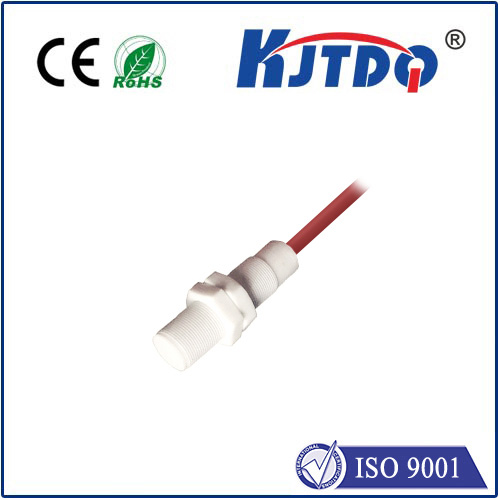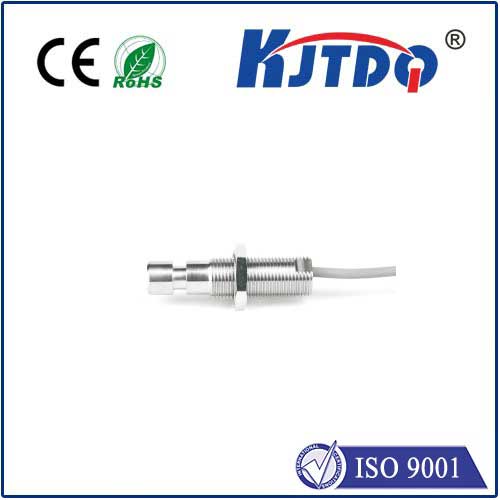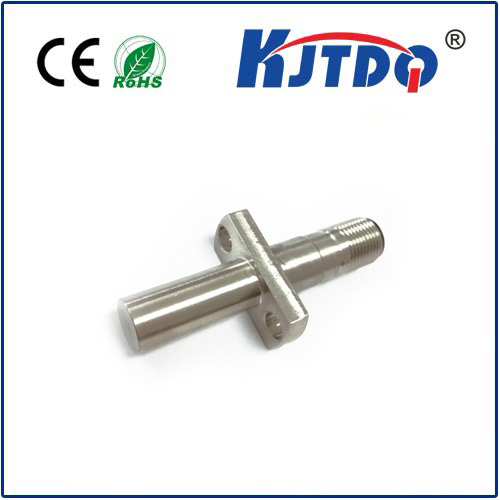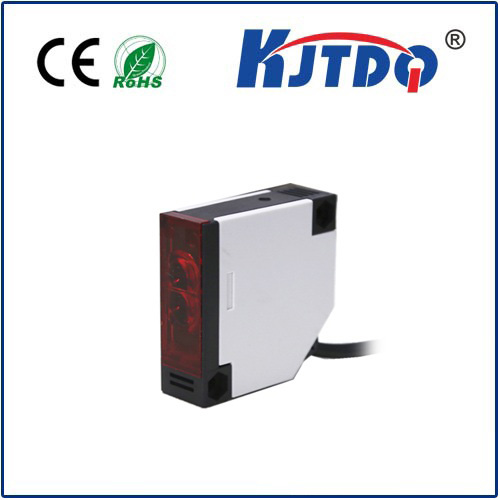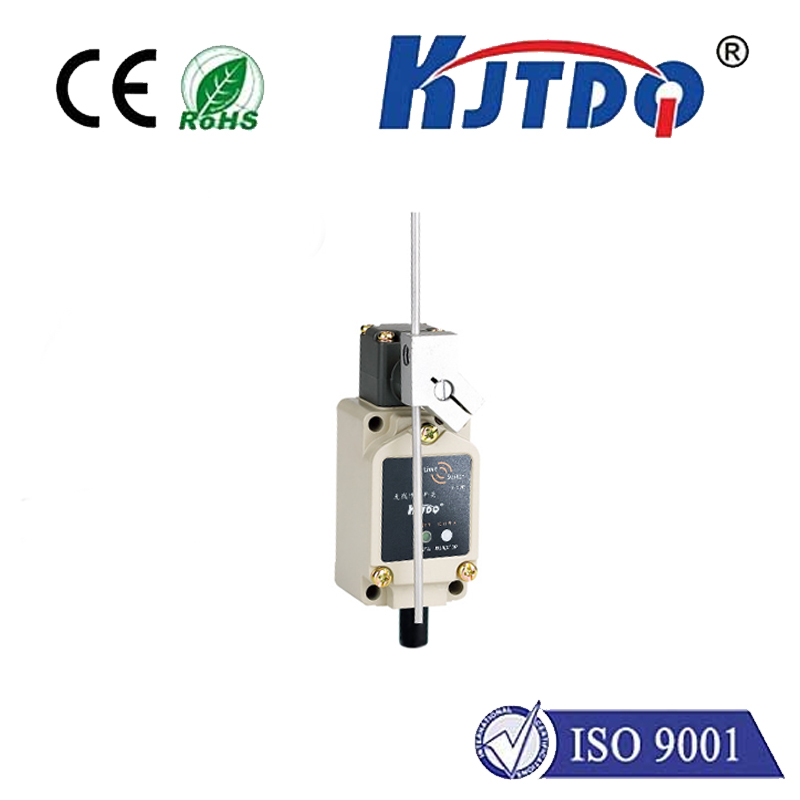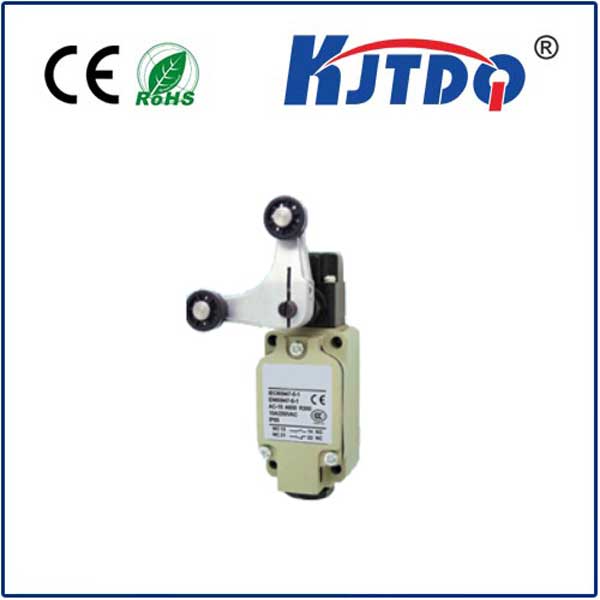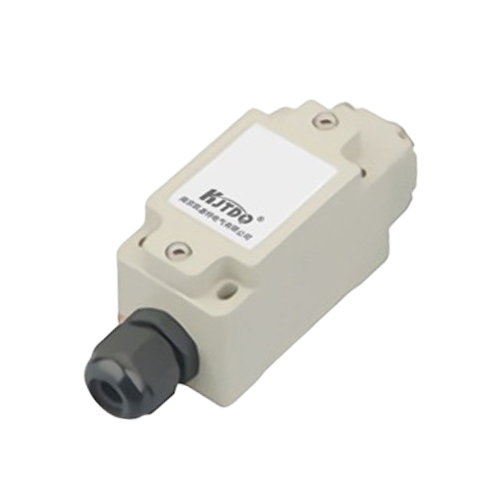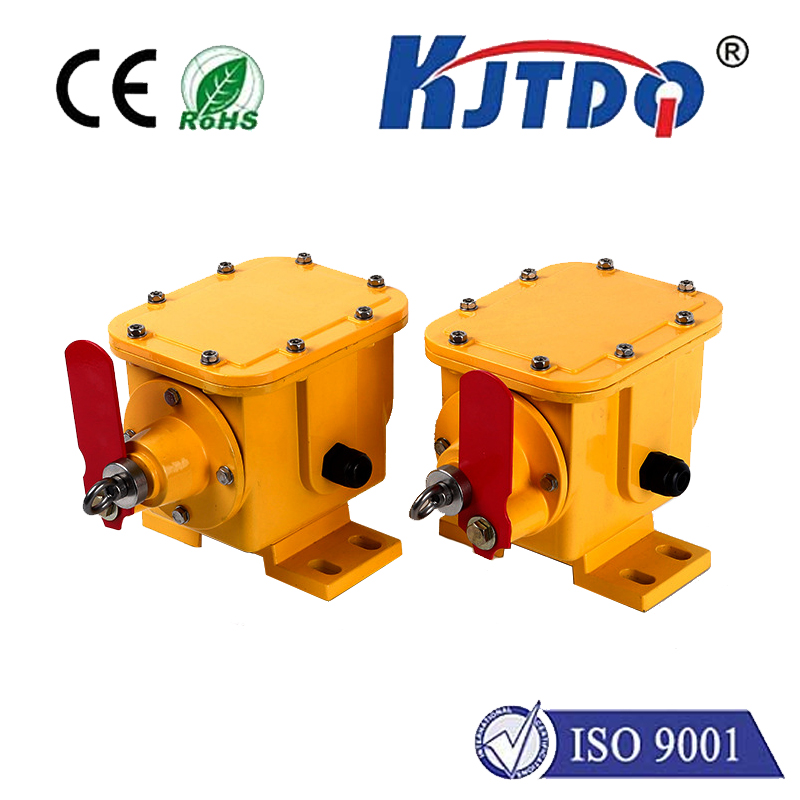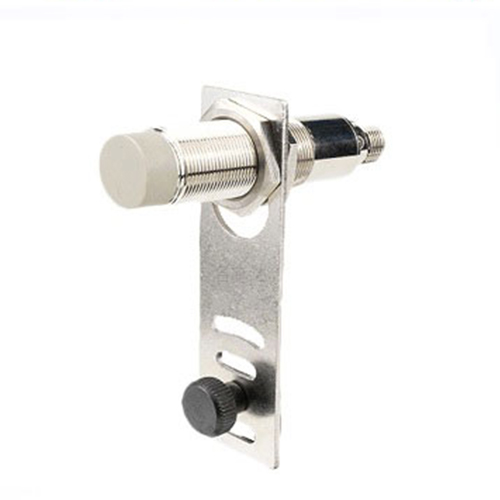

check

check

check

check

check

check

check

check

check

check

Revolutionizing Precision Measurements: The Laser Distance Sensor with 0.1 mm Resolution” In the realm of technological advancements, precision is key. A prime example of this is the laser distance sensor with a resolution of 0.1 mm. This device has transformed the way we take measurements in various industries, from construction to robotics. The laser distance sensor is a sophisticated tool that uses laser light to measure distances. It does this by calculating the time it takes for the laser to bounce back from an object and return to its original source. This technology is incredibly accurate, with a resolution as fine as 0.1 mm. This means that it can measure distances to within one-tenth of a millimeter, making it an indispensable tool for tasks that require high levels of precision. One of the key features of the laser distance sensor is its non-contact measurement capability. Unlike traditional measuring tools that need to physically touch the object being measured, the laser distance sensor can measure distances from a safe distance away. This not only makes it safer to use, but also allows for measurements to be taken in hard-to-reach places. Another advantage of the laser distance sensor is its speed. It can take thousands of measurements per second, making it ideal for dynamic environments where objects are constantly moving. This makes it particularly useful in industries such as robotics, where precise and real-time measurements are crucial. In addition, the laser distance sensor is also highly adaptable. It can be used in a wide range of applications, from industrial automation and quality control, to architectural design and scientific research. Its ability to provide accurate measurements in various conditions, including different lighting levels and environmental factors, further enhances its versatility. In conclusion, the laser distance sensor with 0.1 mm resolution is a game-changer in the world of precision measurements. Its combination of accuracy, speed, non-contact measurement capability, and adaptability make it an essential tool for a wide range of industries. As technology continues to evolve, we can expect even more innovative uses for this remarkable device.
